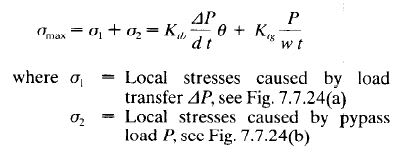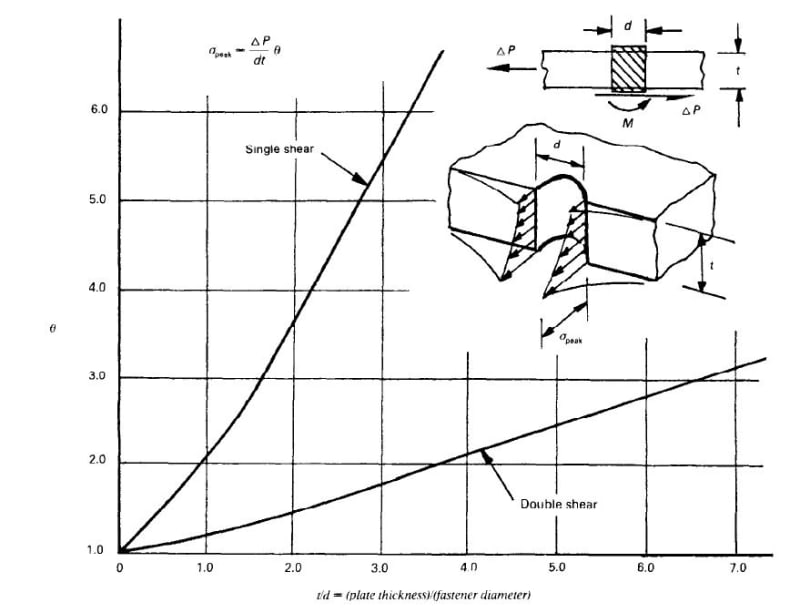Good Morning Colleagues,
My question is about thickness correction factor Kt and please correct me if I am wrong - when analyzing bolt or rivet joints, this Kt is the one responsible for the aluminum sheet being joint and Kt take care for the hole diameter mismatch, and when D/T ratio is higher tan 1.0, then kt = 1. Most of the time D/t is higher than 1, otherwise fasteners will not be structural, but here is my question, when D/t is less than 1 where can I get and read data for Kt? Thanks in advance for your thoughts and opinion,
Cheers,
My question is about thickness correction factor Kt and please correct me if I am wrong - when analyzing bolt or rivet joints, this Kt is the one responsible for the aluminum sheet being joint and Kt take care for the hole diameter mismatch, and when D/T ratio is higher tan 1.0, then kt = 1. Most of the time D/t is higher than 1, otherwise fasteners will not be structural, but here is my question, when D/t is less than 1 where can I get and read data for Kt? Thanks in advance for your thoughts and opinion,
Cheers,



